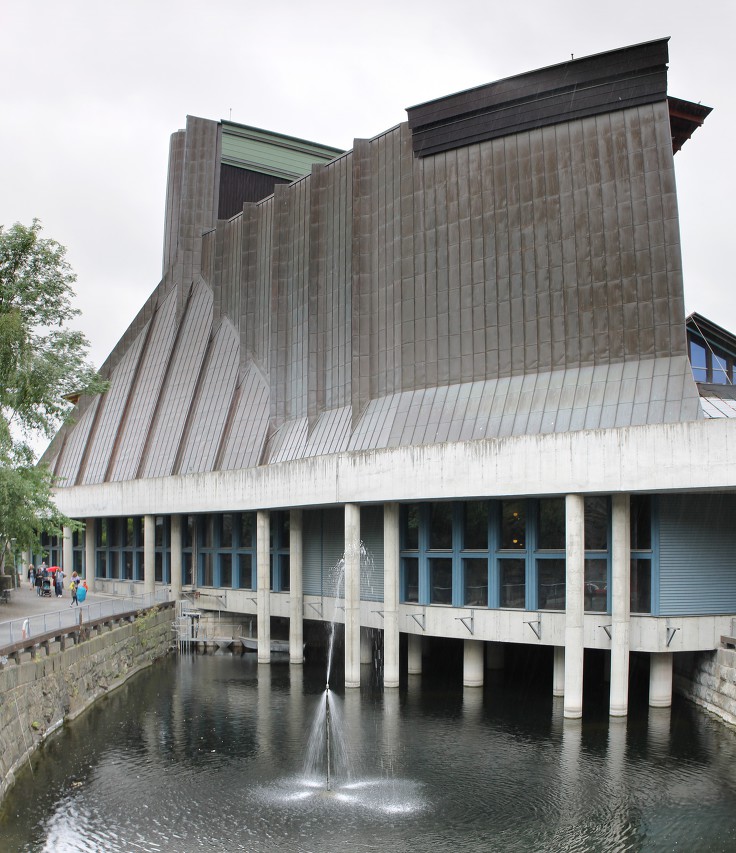Vasa Museum, Stockholm
The Vasa Ship Museum (Vasamuseet) is the most important attraction in the Swedish capital. "If you haven't been here, you haven't seen Stockholm" - so say the guidebooks. In this museum you can see a real sailing ship of the XVII century, the only one preserved in the world, and learn a very instructive story about its creation and loss.
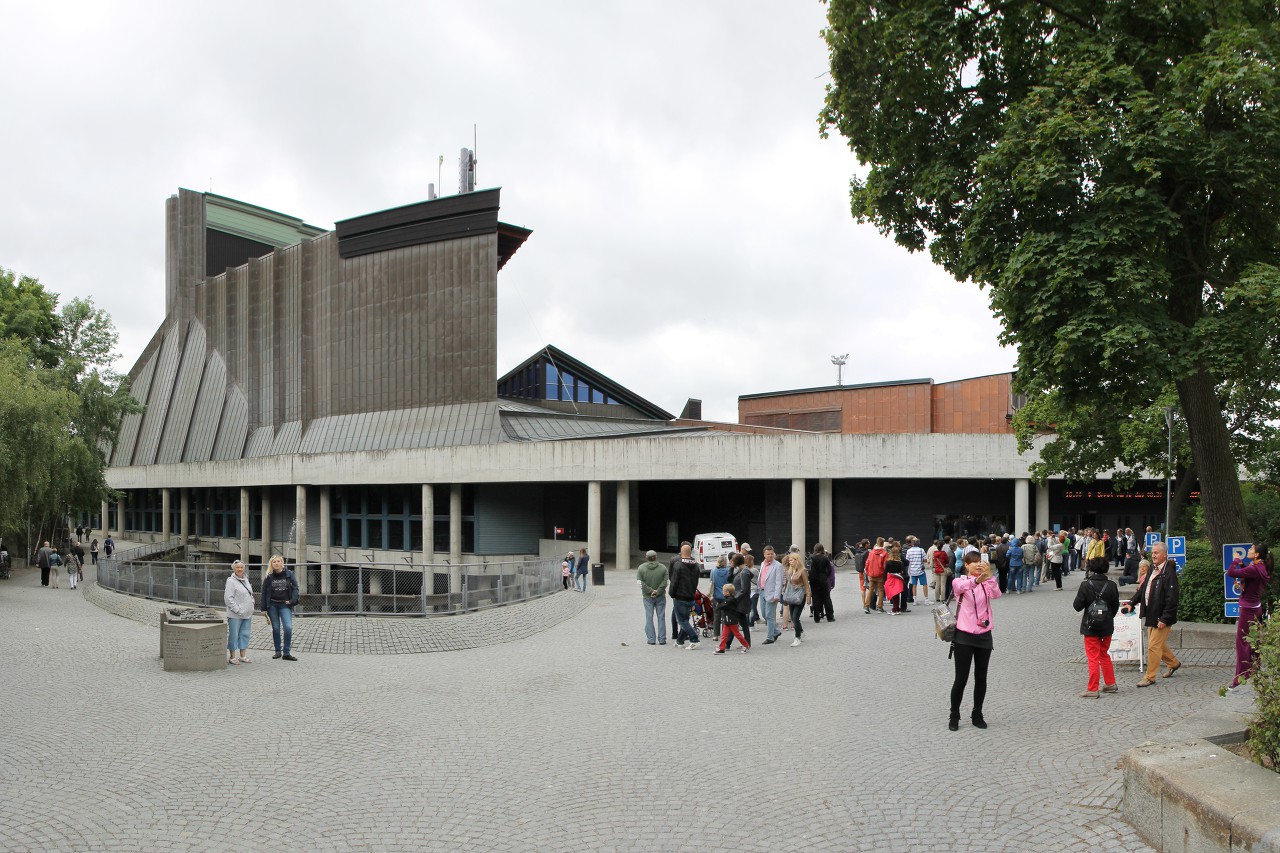
The building was built specifically for the exposition of the ship and allows you to view the Vasa from all sides on different levels, there is a cinema room where a film about the history of the ship is shown.
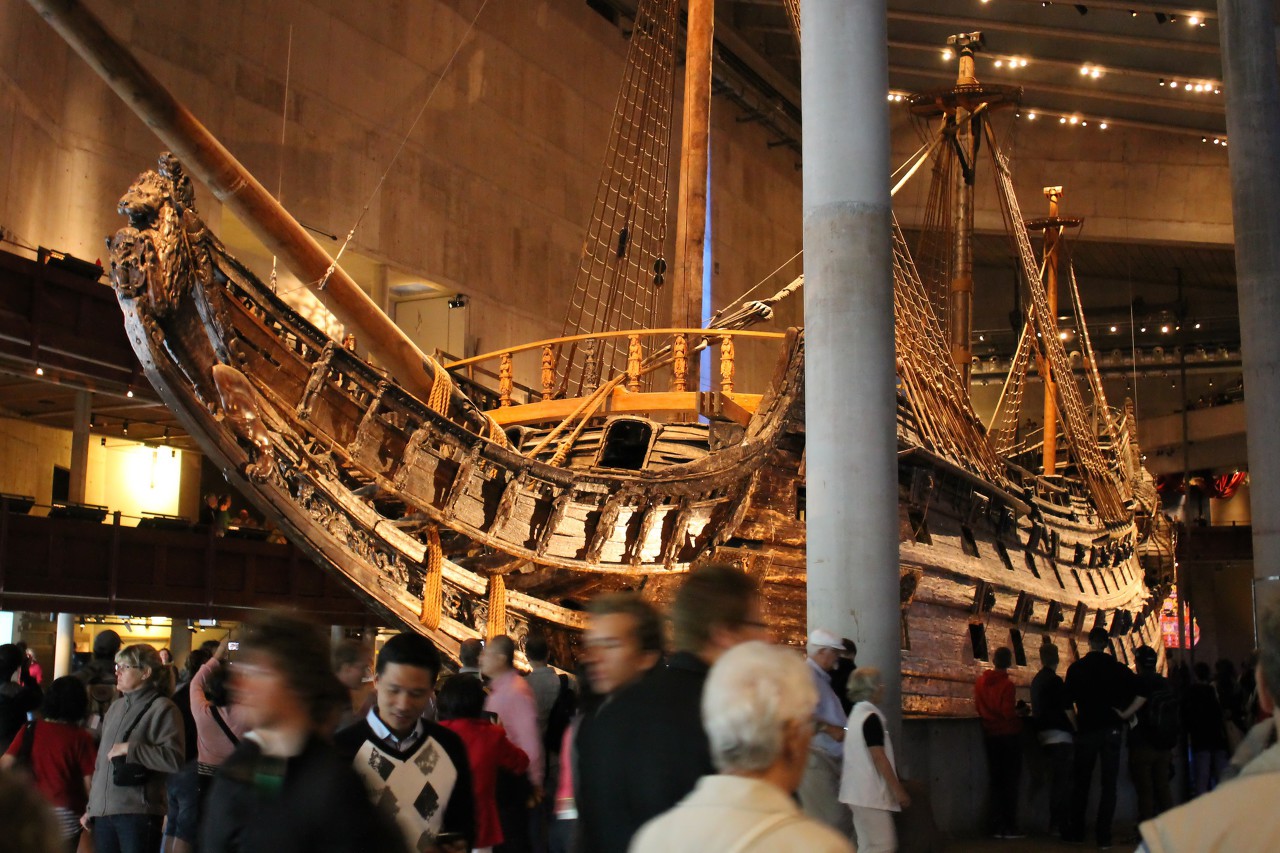
This story began on January 16, 1625, when king Gustav II Adolf of Sweden signed a contract with the famous Dutch shipmaster Henrik Hybertsson to build a new warship. The ship was to become the flagship of the Swedish Royal Navy, and also surpass in size and armament any ship in the Baltic.
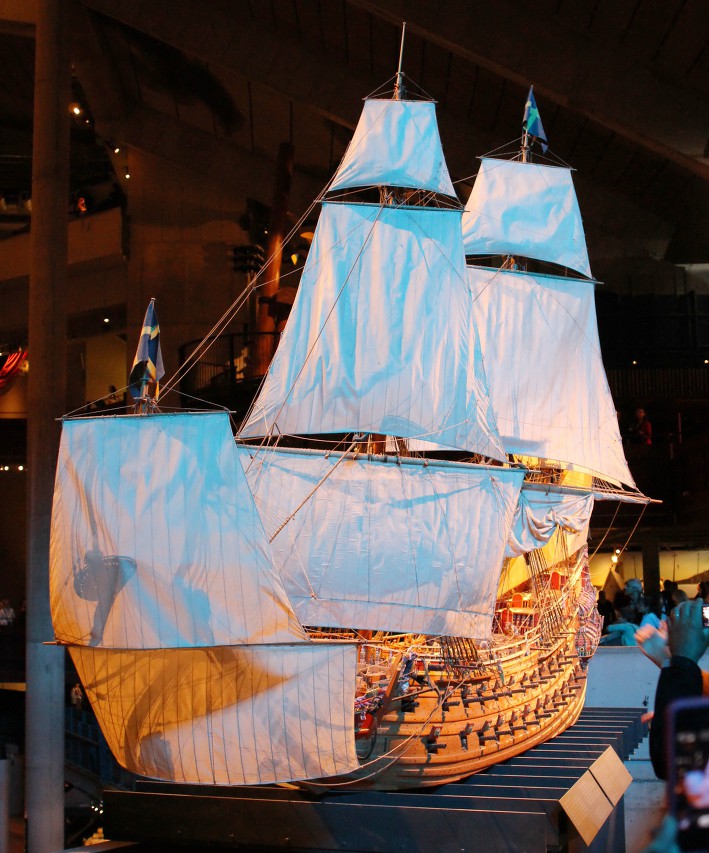
The laying of the ship took place in the spring of 1626 at the Royal military shipyard Blasienholmen in Stockholm. More than 400 workers worked on the future flagship. The construction required more than a thousand tree trunks, for which 16 hectares of forest were cut down. Foundries began casting bronze cannons. The king took an active part in the design and construction of the ship, he personally gave instructions on the size of the main dimensions and weapons.
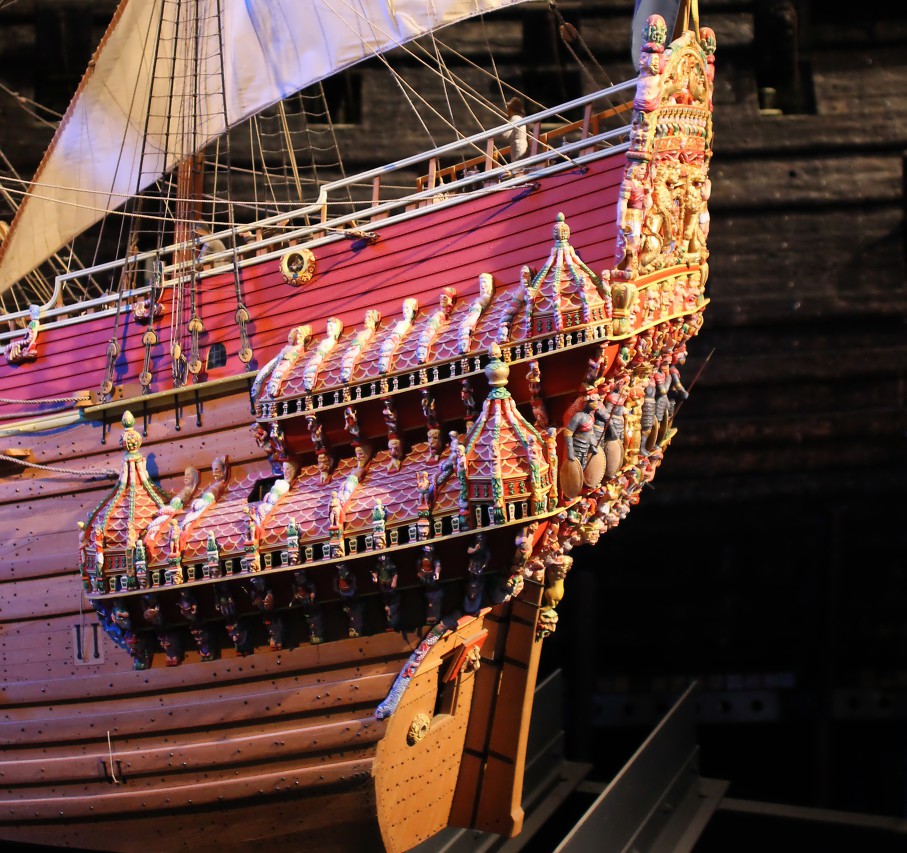
Shipwright Henrik Hybertsson never saw his child at sea, having gone to the other world in early 1627, to continue working on the ship was entrusted to the master of the Blasienholmen shipyard, Hein Jacobsson. In the autumn of 1627, the ship was launched, but completion continued for almost a year. In the spring of 1628, the Vasa was towed to the center of Stockholm and anchored at the Royal Palace, where the Vasa took on ballast, after which the installation of cannons began. Then began preparations for the first voyage - loading ammunition and provisions.
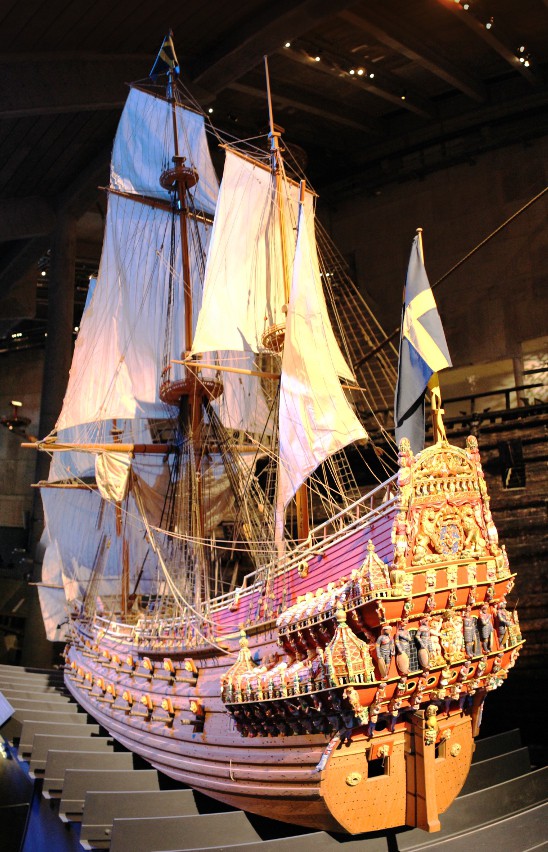
The first departure was scheduled for August 10, the ship was to pass from the city center to the naval base Älvsnabben to the southwest of Stockholm, where a Grand celebration was planned for the introduction of the new flagship into the fleet. The families of the crew members were allowed to participate in the celebrations, so many women and children were on Board. It was Sunday afternoon and crowds of citizens gathered on the quays to watch the departure.
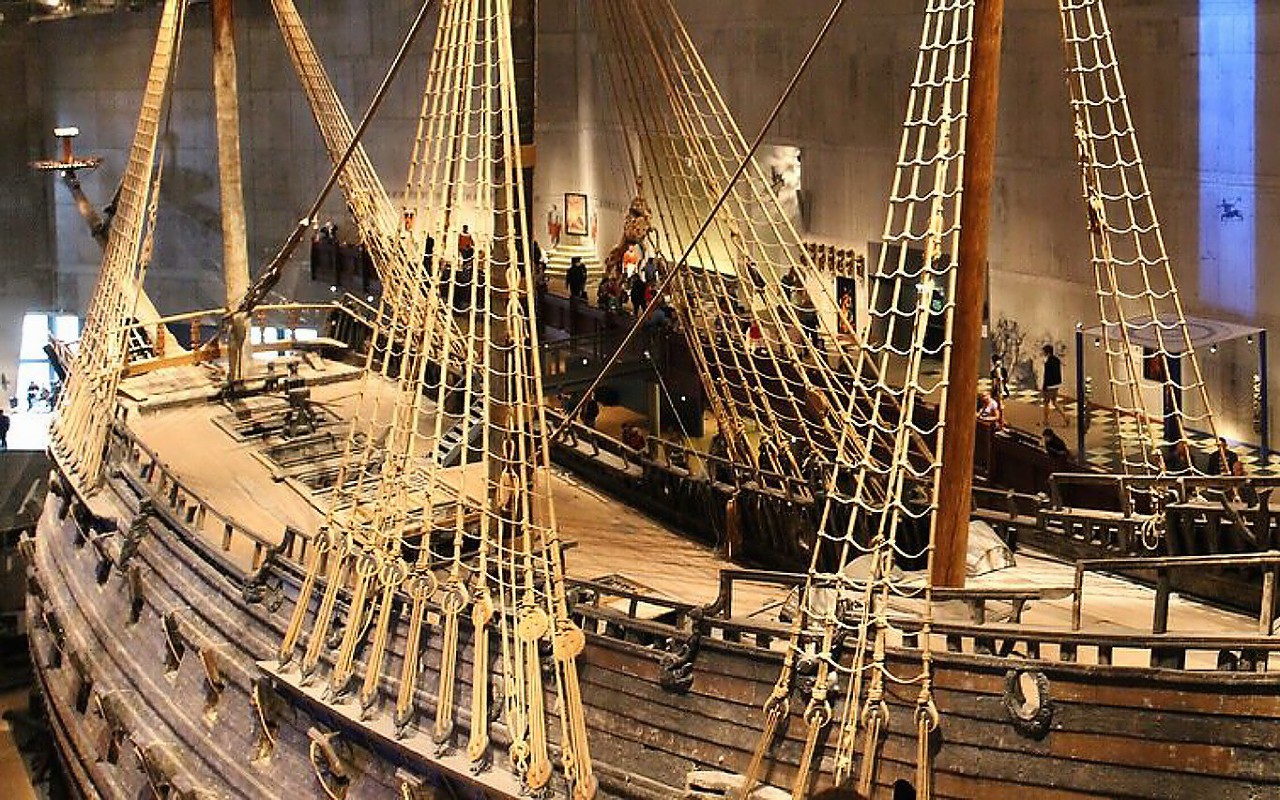
The weather was clear, but a gusty south-westerly wind made the operation difficult, and for the first few hundred meters the ship had to be hauled out with anchors. Finally, the ship's captain, Sefring Hansson, ordered the sails to be hoisted, after which a broadside salute was given and the Vasa set off on her first voyage.
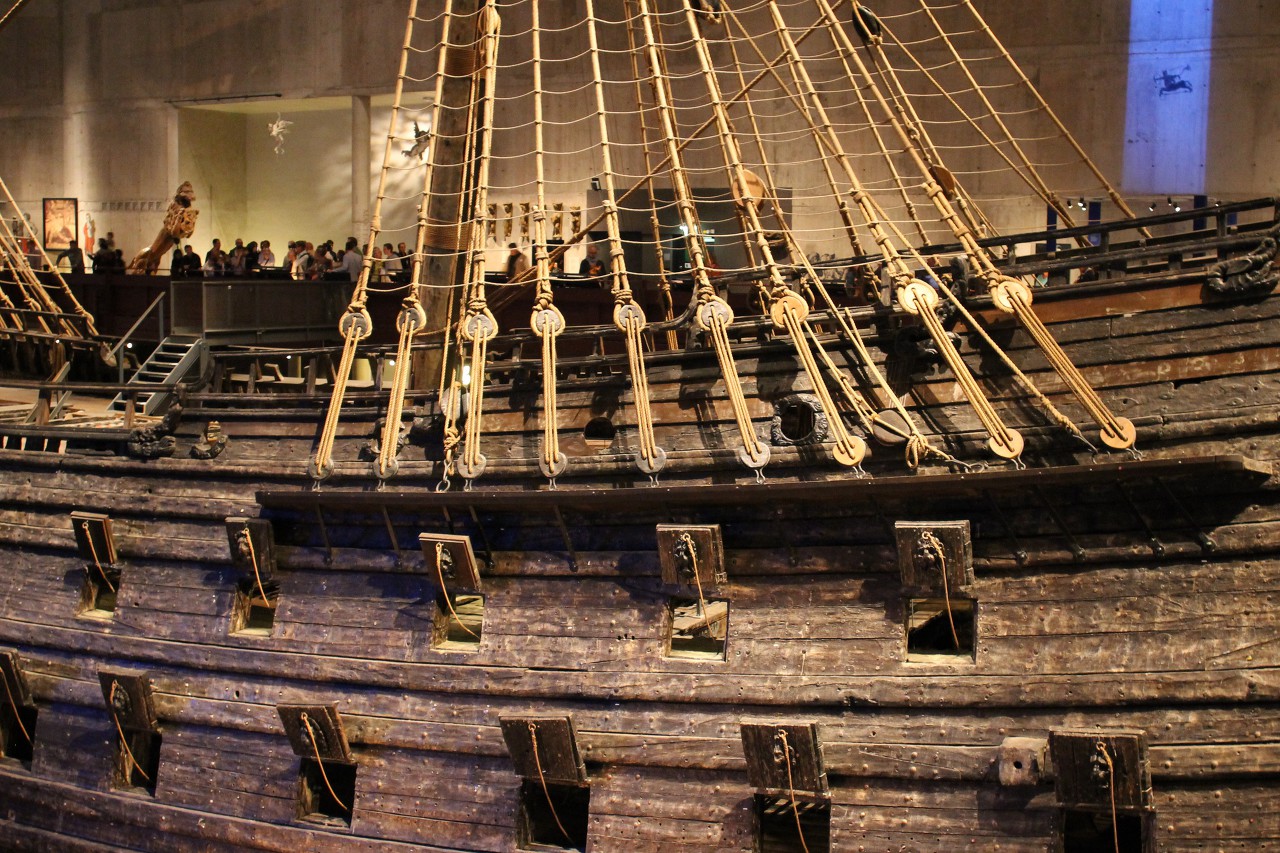
However, when the first gust of wind filled the sails, the Vasa banked dangerously, but leveled off and went about 1300 meters more. A hundred meters from the island of Bekholmen, a new gust of wind actually put the ship on its side and water rushed in through the open gun ports.
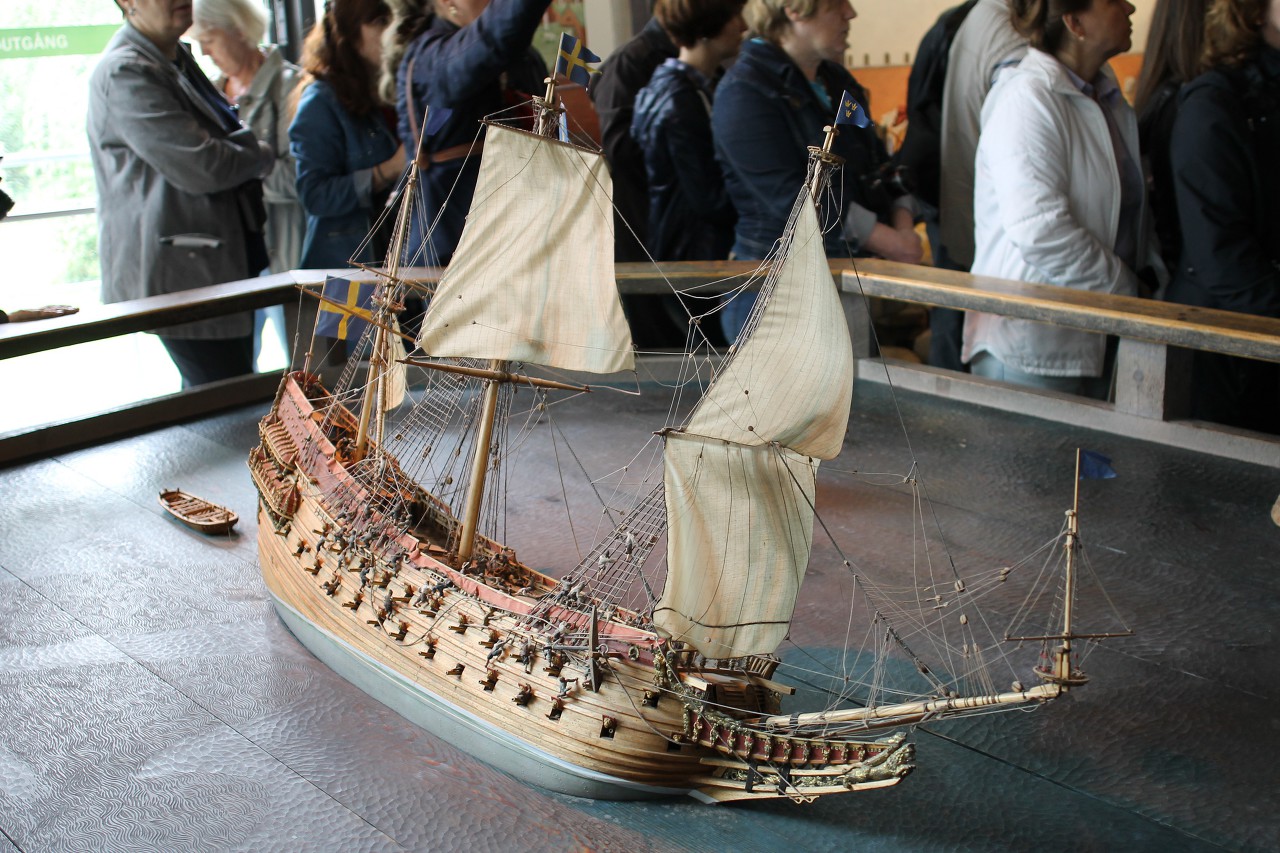
There were many ships around the crash site, their crews immediately rushed to help, but the Vasa almost completely went under the water, drowning more than 300 people.
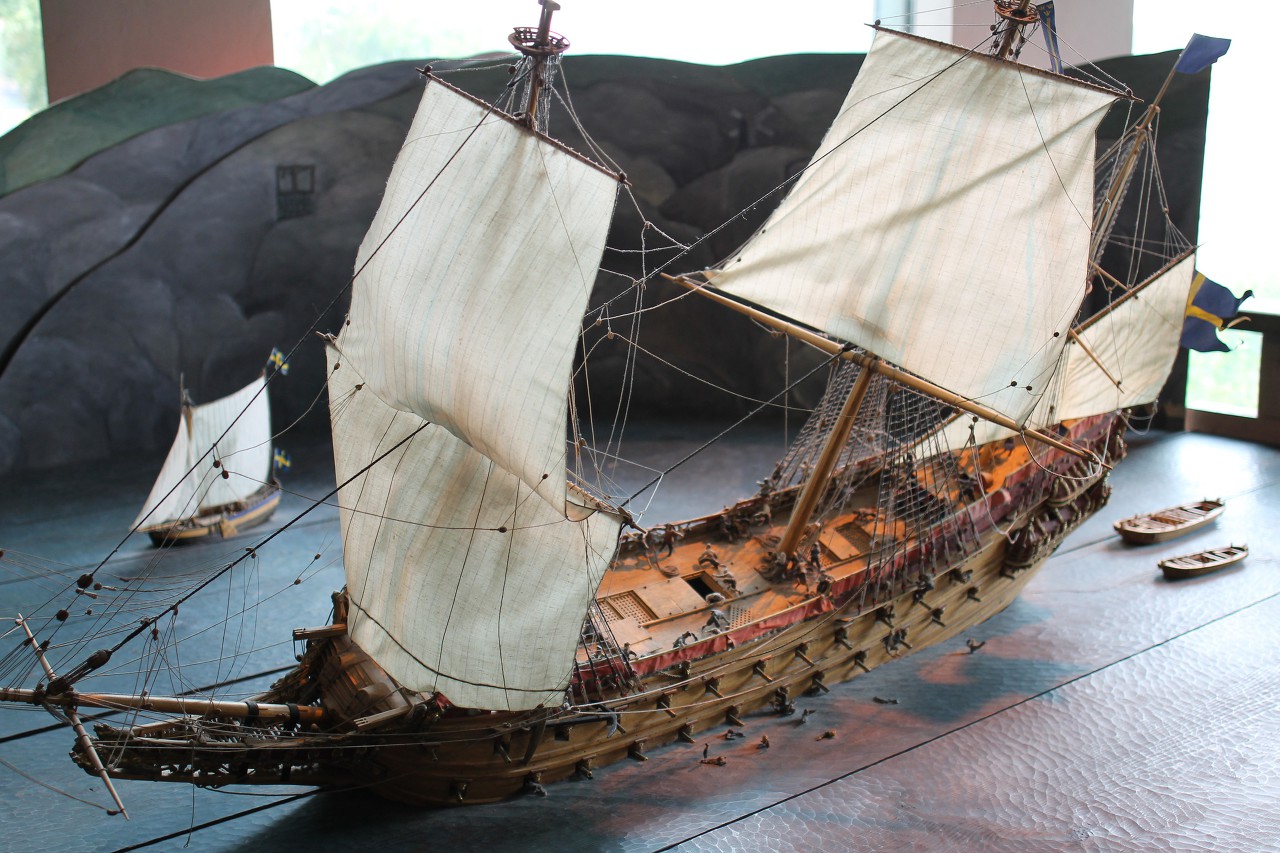
The museum recreates a corner of old Stockholm, where residents watch and discuss the incident.

It is difficult to explain why the ceremonial commissioning of the new flagship was carried out without the king, but Gustav II Adolf was then in Prussia. After receiving news of the disaster, the king sent a dispatch to Stockholm, in which he stated that the cause of the ship's destruction was stupidity, ignorance and sloppiness, and demanded an investigation and punishment of the perpetrators. The investigative Commission under the State Council considered a variety of hypotheses: alcoholic intoxication of the captain, unreliable fixing of guns, and so on. None of these versions were confirmed. In the end, the result was a disappointing conclusion: mistakes were made in the design of the ship.
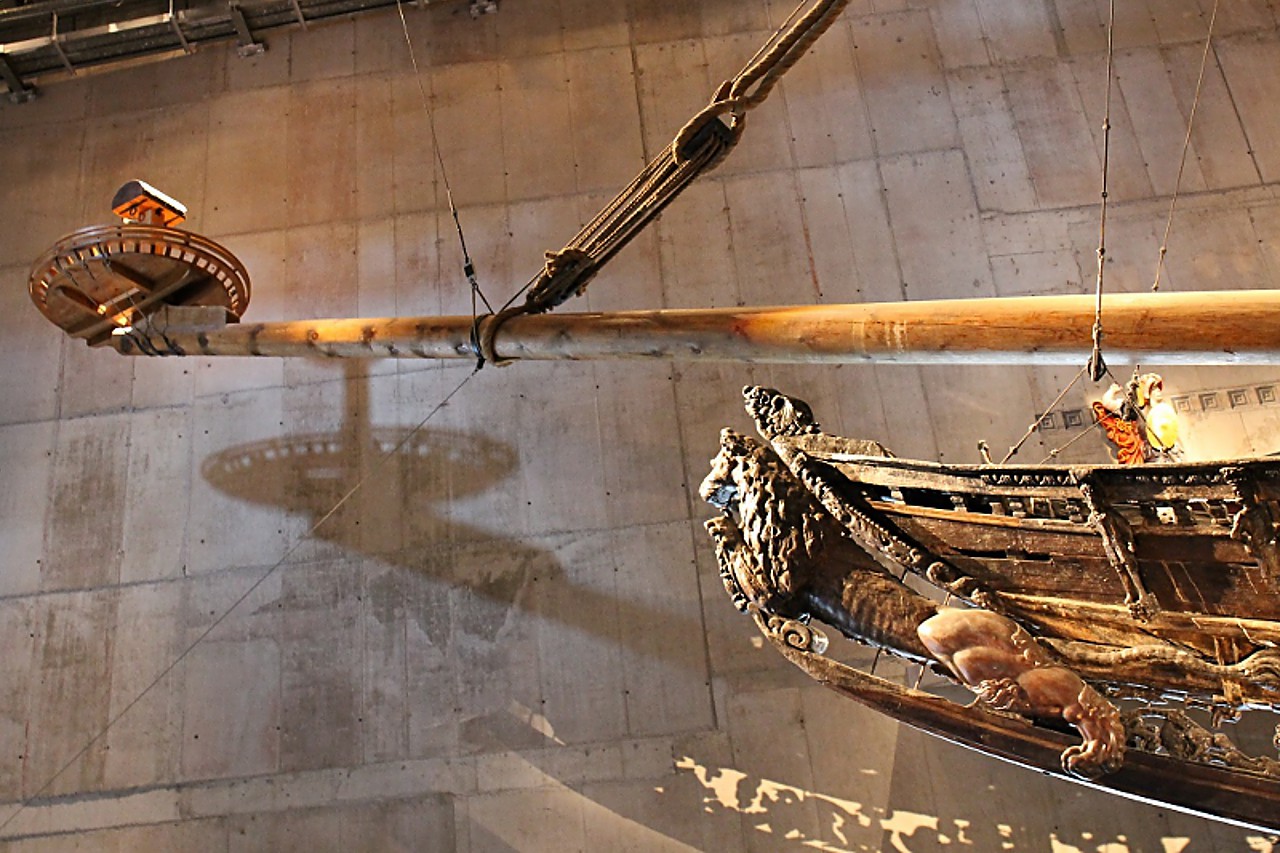
Indeed, the Vasa was too narrow and its center of gravity was too high because of the king's demand to mount as many guns as possible. And although the shipbuilders tried to correct the situation, in secret from the king by increasing its design width by 2.5 meters, the ship turned out to be unstable. It was not possible to blame the ship's masters, as they pointed out that the ship was built strictly according to the size and number of guns that king Gustav II Adolf personally approved. The Commission, of course, did not decide to involve the king in the investigation, as a result, no one was found guilty and no one was convicted for the disaster.
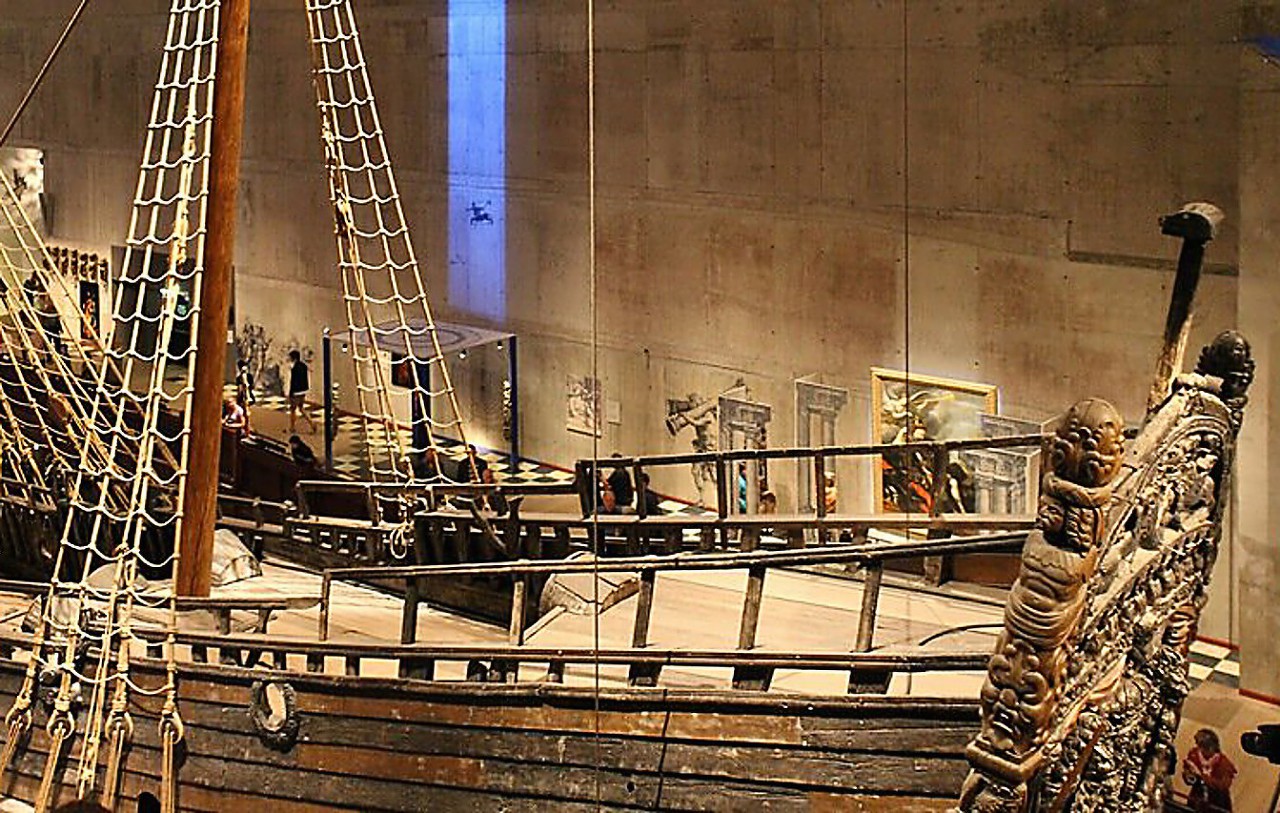
Several attempts were made to raise the ship in the years following the disaster. Projects for lifting the ship were quite diverse, but remained unfulfilled. They tried to drag the ship along the bottom to the island of Beckholmen, from the shores of which the crash site was no more than a hundred meters away. When the "Vase" was raised, more than two dozen anchors were found on it, which clung to the ship.
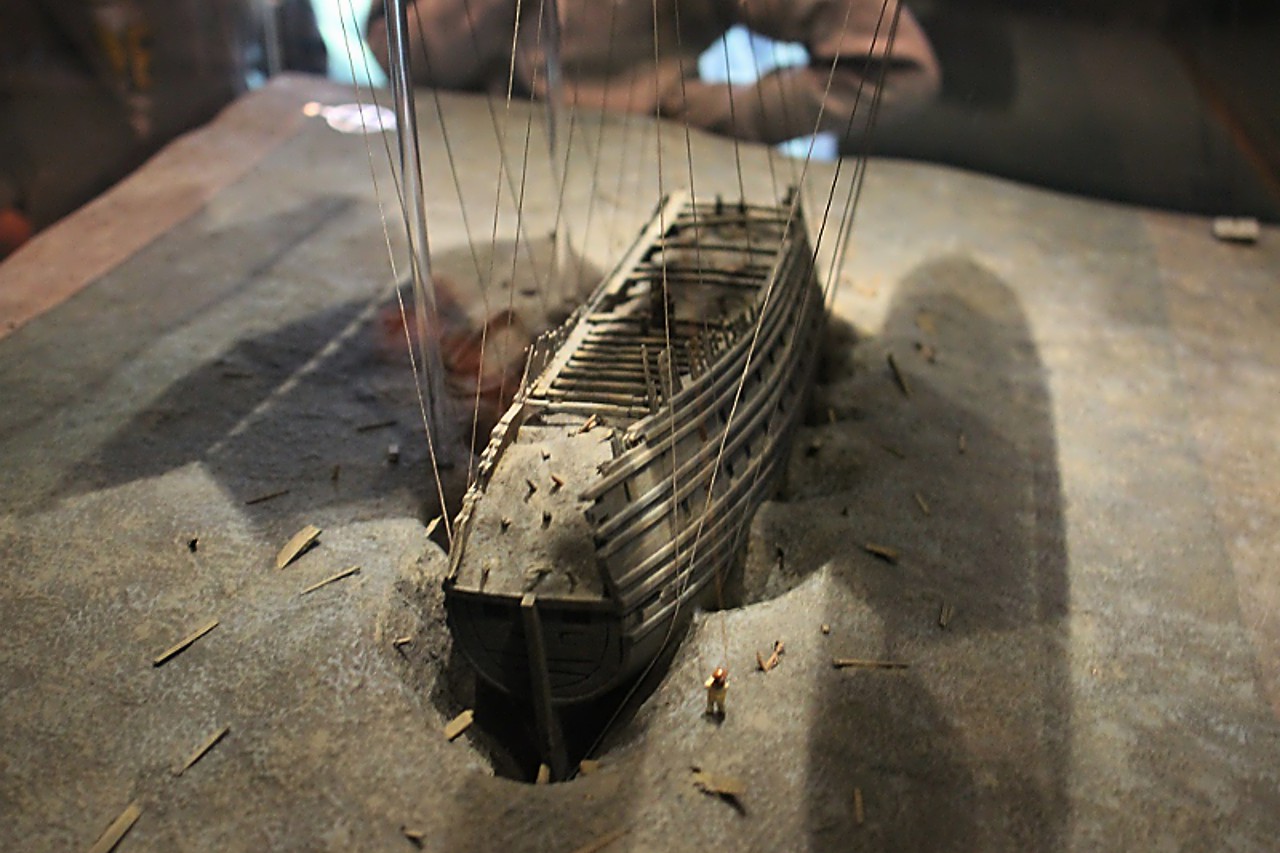
Leaving attempts to raise the ship entirely, we decided to remove from it the most valuable, namely 64 expensive bronze guns. To do this, it was an expedition of Swdish and Finnish divers led by Albreckt von Treileben and Andreas Peckell. They had only a diving bell at their disposal. The diver had to remove the nearly ton-weight gun from the carriage, pull it out through the gun port, and bring it to the surface alone, using only a hook and a hammer. Nevertheless, the divers managed to cope with this difficult work, during 1664-1665, 53 guns were raised from the Vasa. Another was raised in 1683. The fact that in the middle of the XX century they spent a whole day lifting a single gun, having special equipment and lighting devices, can tell about the Titanic work of divers of the 17th century.
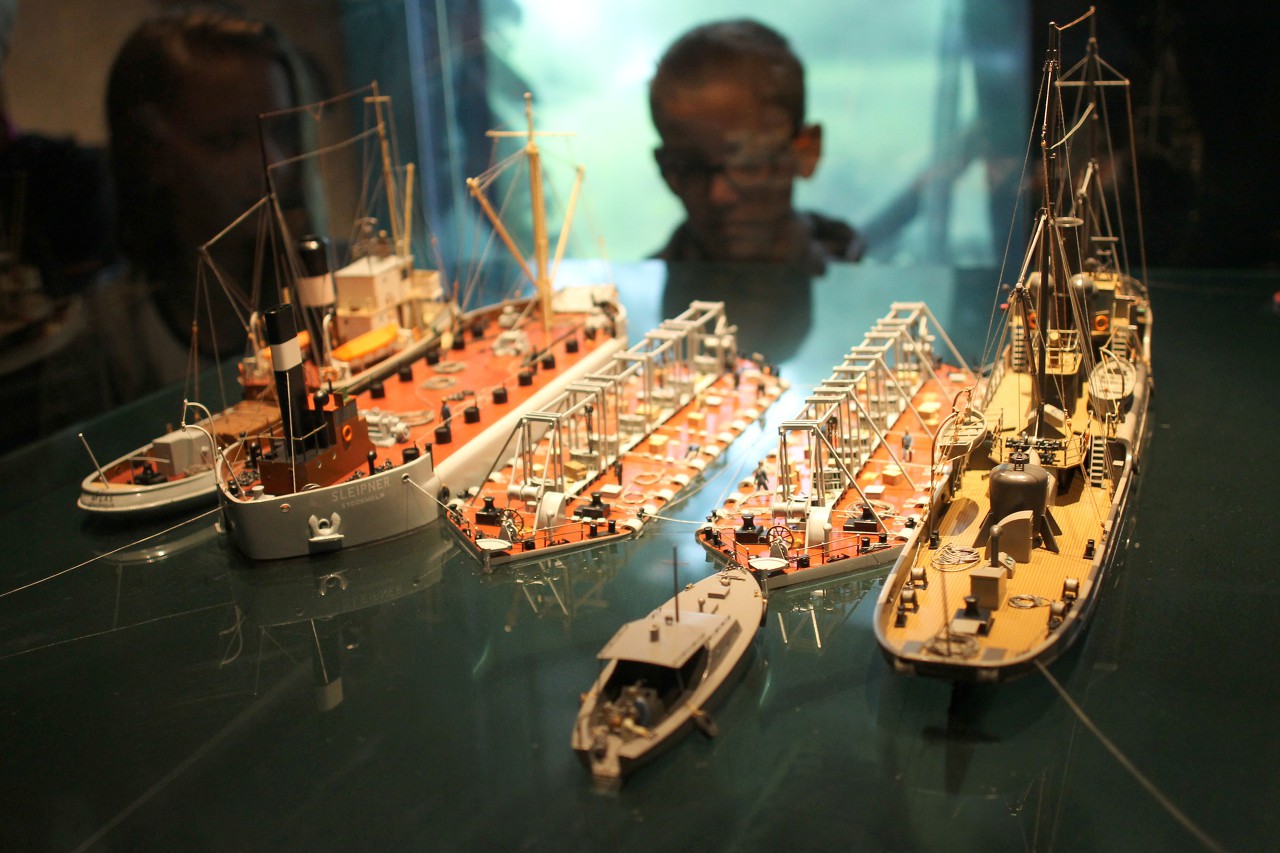
After lifting the guns, the ship was forgotten, and the data about its location was lost. This continued until the middle of the XX century, when the history of the "Vase" was privately taken up by 38-year-old engineer Anders Franzén. At the time, he was one of Sweden's leading experts on naval history of the 17th and 18th centuries, with a focus on shipwrecks. At the same time, Fransen was sure that the ship was well preserved. This should have been facilitated by the specific conditions of the Baltic sea: due to the reduced salinity of the water, there are no shipworms that eat all the wood in saltier seas. Fransen spent two and a half years in the archives, where he used old maps and loci to determine the approximate position of the ship. Then he began a methodical trawling of the water area. Francena in was sounder, he was only the anchor cat and they designed a lot-sampler. It took another two years. Fransen recalled: "Mostly I found rusty iron stoves, ladies' bicycles, Christmas trees, and dead cats." On August 25, 1956, a piece of blackened wood was found in the lot's pipe. Franzén's friend, diver Per Edwin Felting, went down to the bottom and at a depth of about 32 meters found a well-preserved wooden side of the ship, which had two rows of gun ports. In August 1959, the Swedish Navy began work on lifting the historic ship. Not to destroy lain for more than 300 years in the water timber, the work was completed in two stages: first, with 18 lifts, set up on the two barges lifted the ship's hull and submerged translated it into shallow water, where one and a half years making the vehicle to rise to the surface. The lift was carried out from 8 to 24 April, after which the Vasu was towed to the Gustav V dry dock on the island of Bekholmen, where it was cleared of silt.
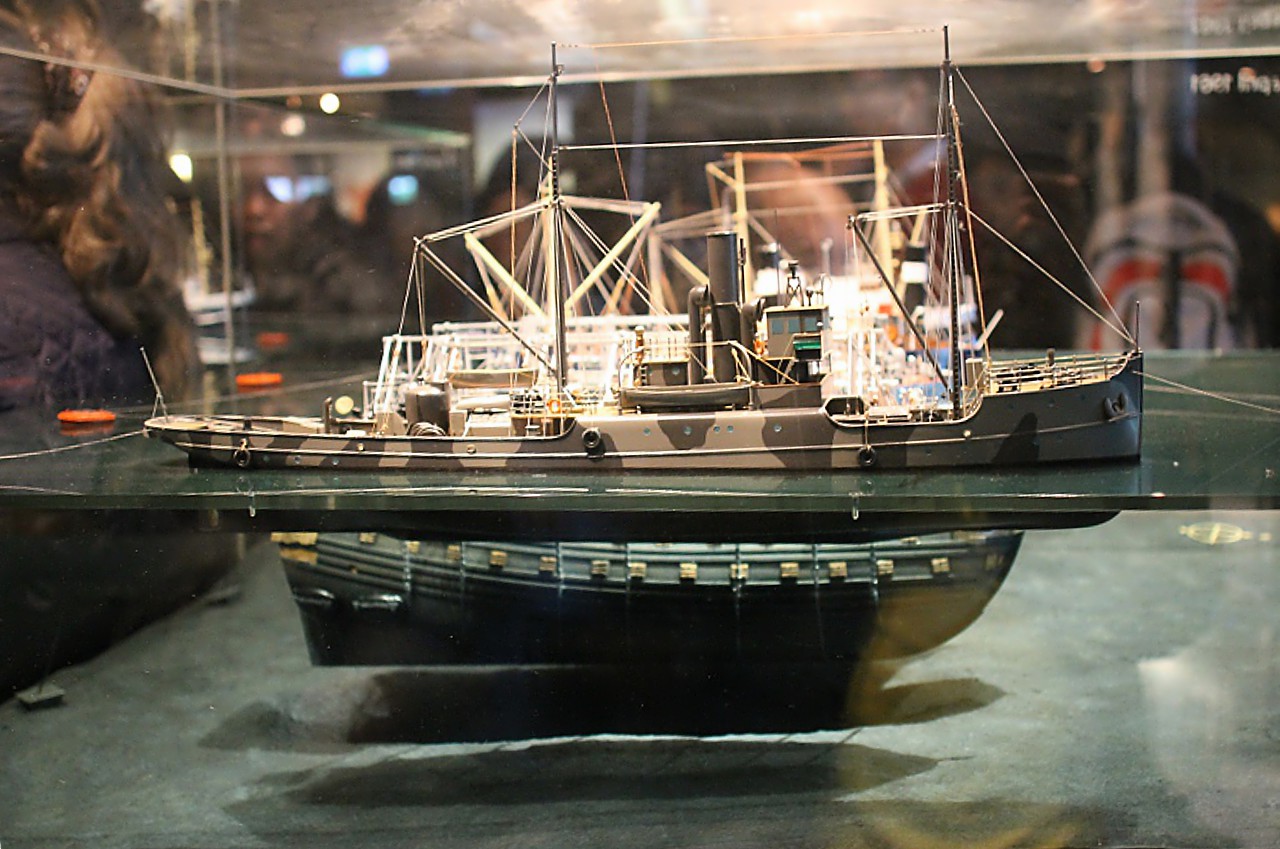
In order to prevent the wood of the sunken ship from cracking and falling apart over time, a special method of conservation was developed. As a protective material, a viscous, water-soluble substance polyethylene-glycol was chosen. It slowly penetrated the wood, replacing the water and preventing the wood from cracking from dryness. Processing of the ship lasted several years.
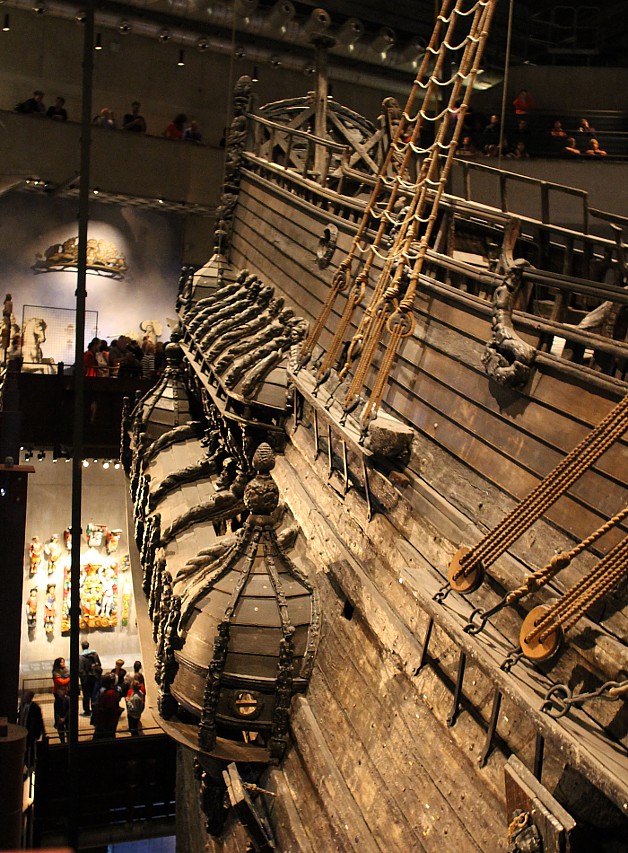
..
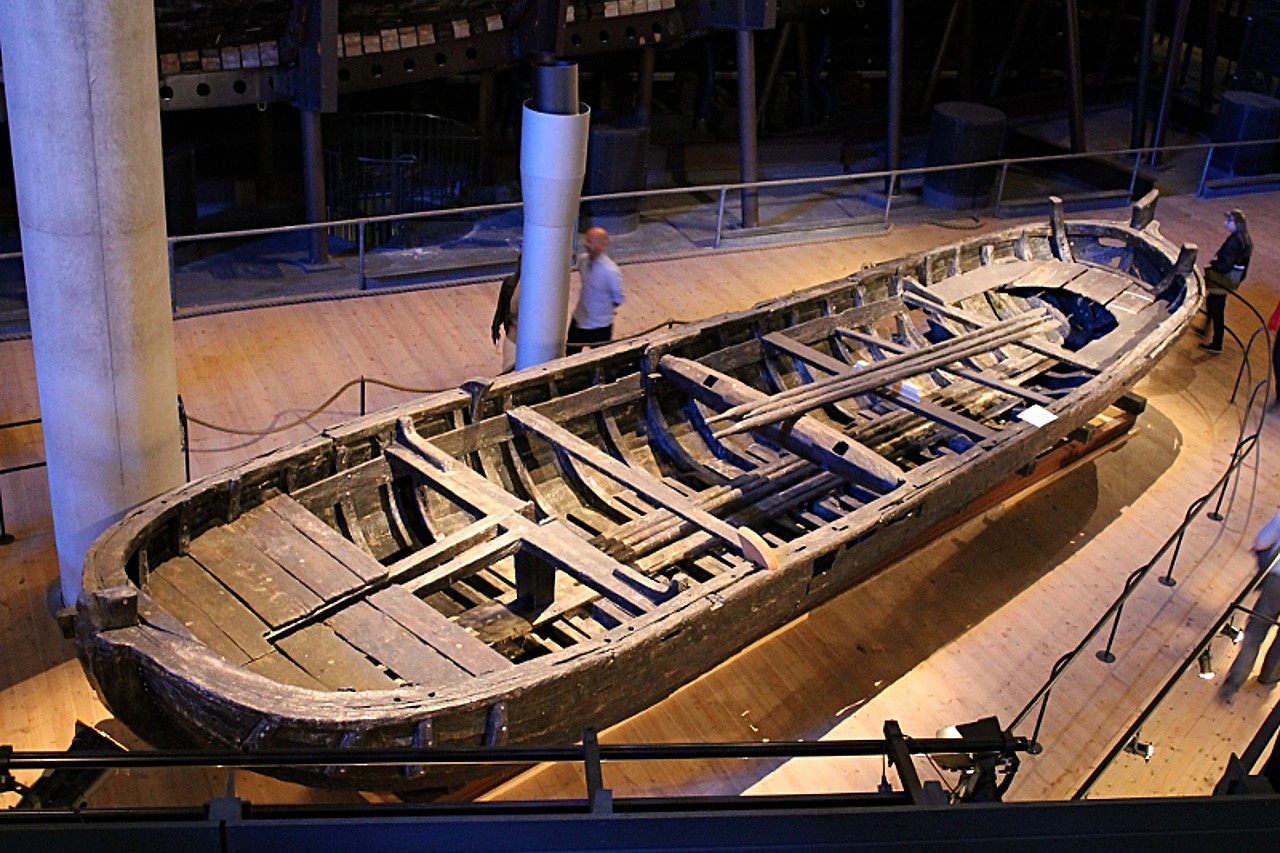
On August 16, 1990, the Vasa Museum was opened, which is now one of the most visited in Stockholm. By 2007 the Museum had its 25 millionth visitor.
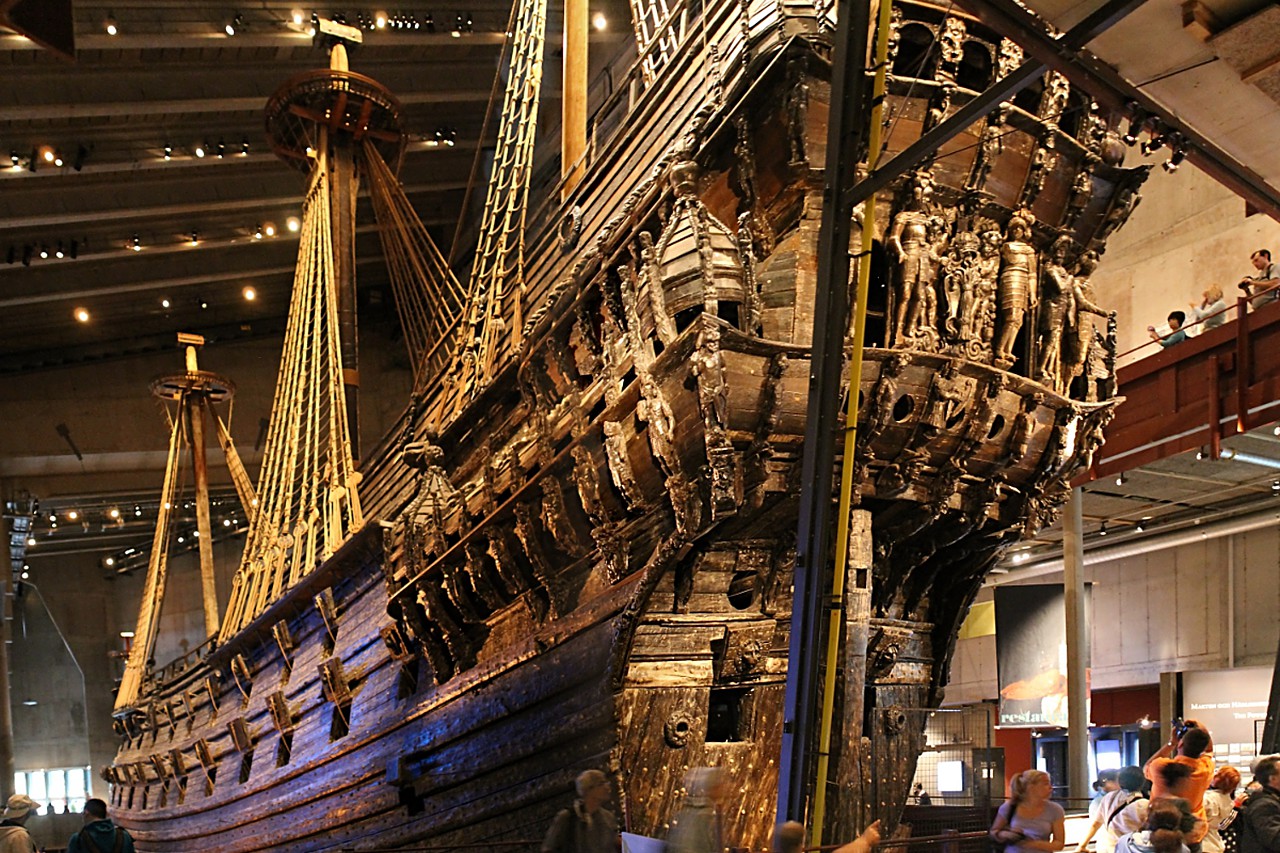
Conservation and restoration work is ongoing, in fact the entire Museum is a large restoration workshop.
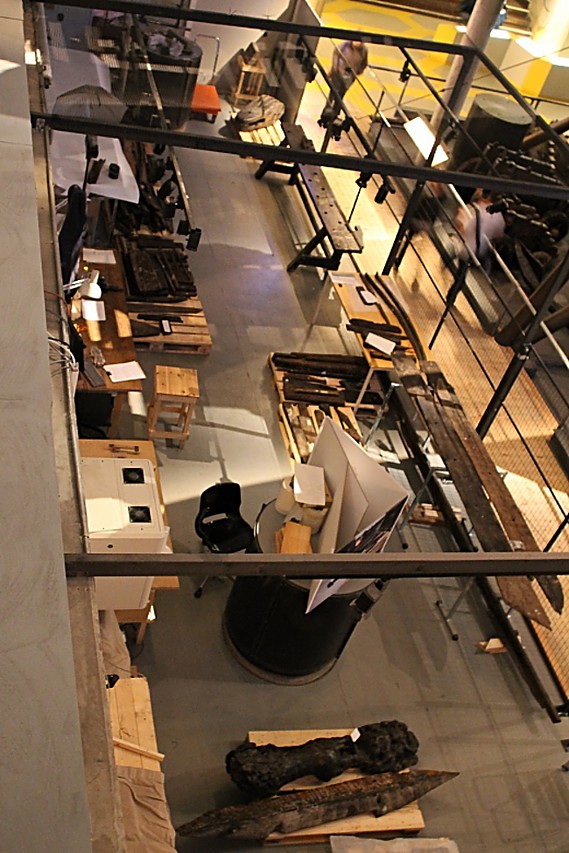
Access to the ship is closed, only restorers can enter its deck. An exception is also made for royals and their guests who have a similar status.
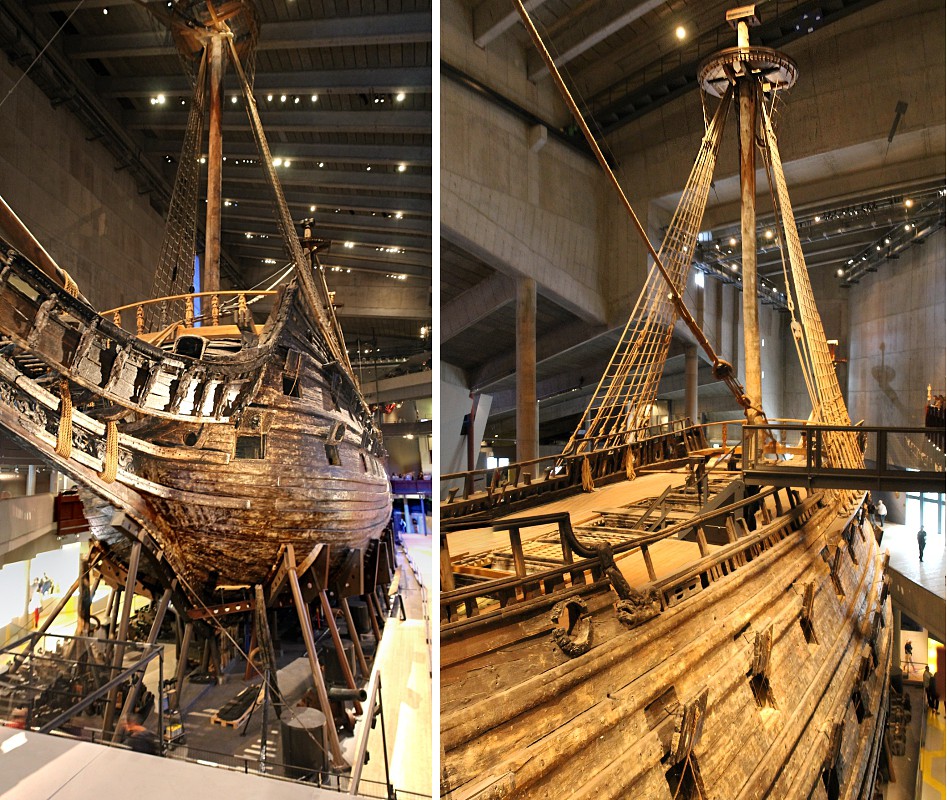
For Museum visitors, galleries are built around the ship, from which you can view it from different angles.
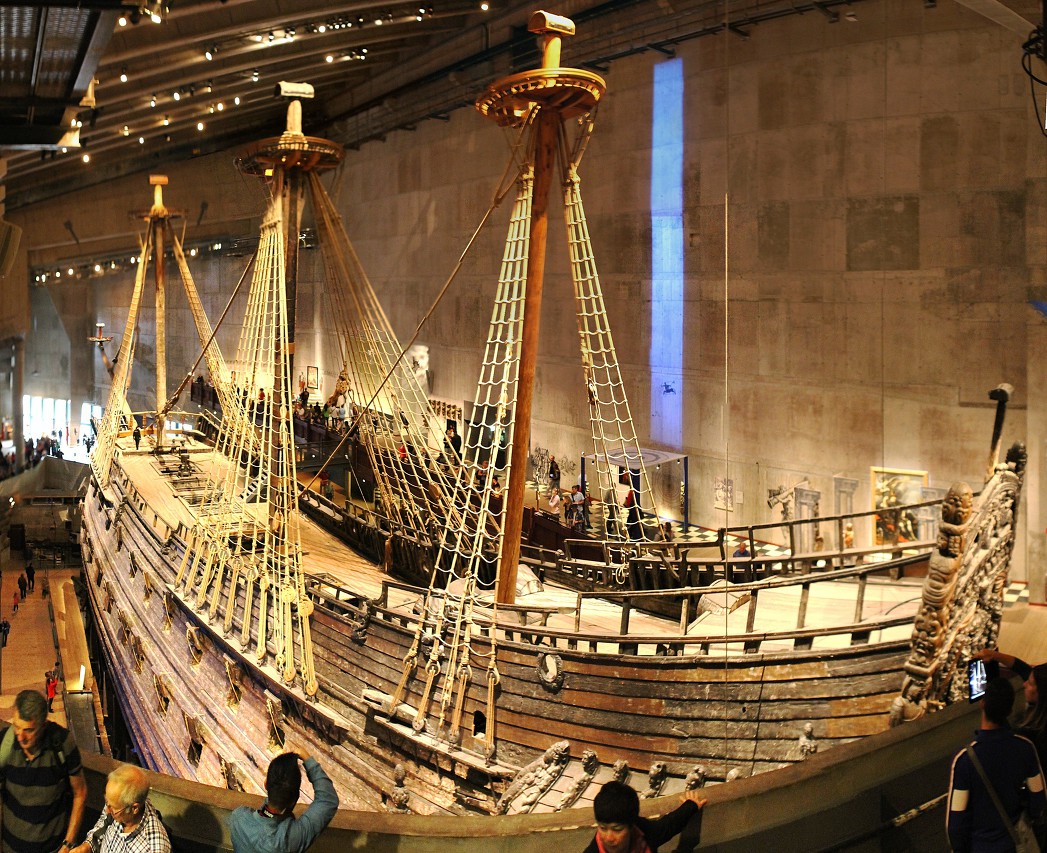
The ship was richly decorated with wooden sculptures and bas reliefs.
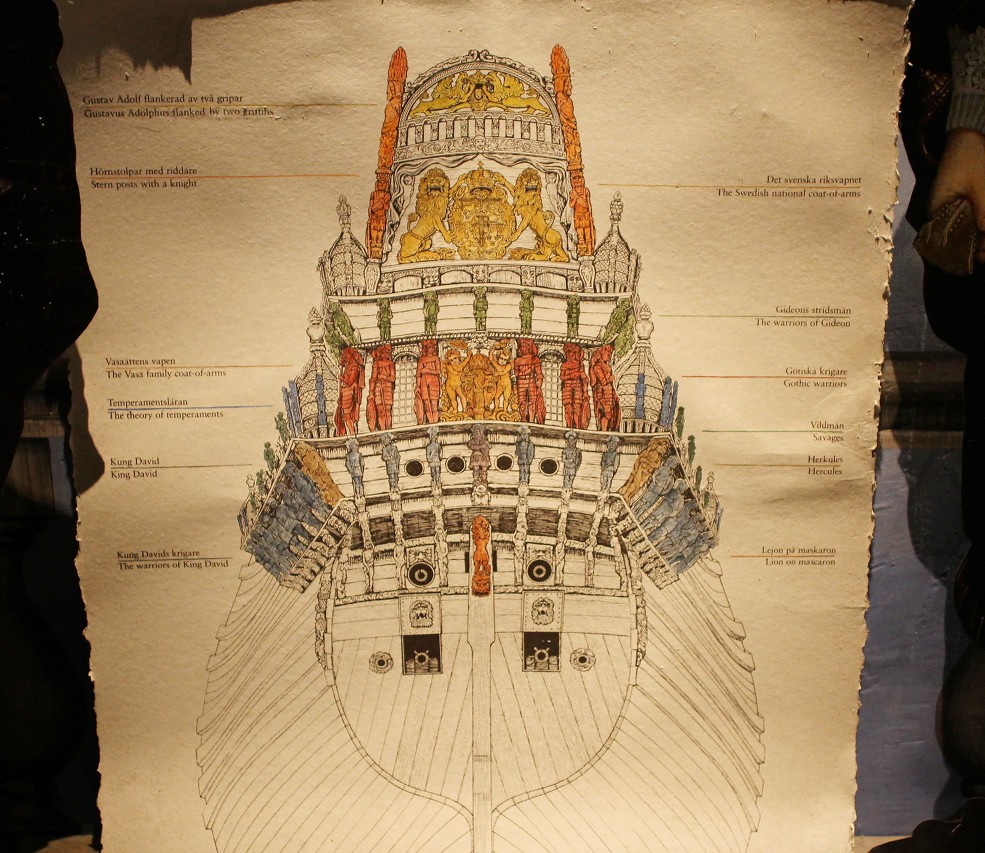
Traditionally, the most luxurious decoration had a high poop.
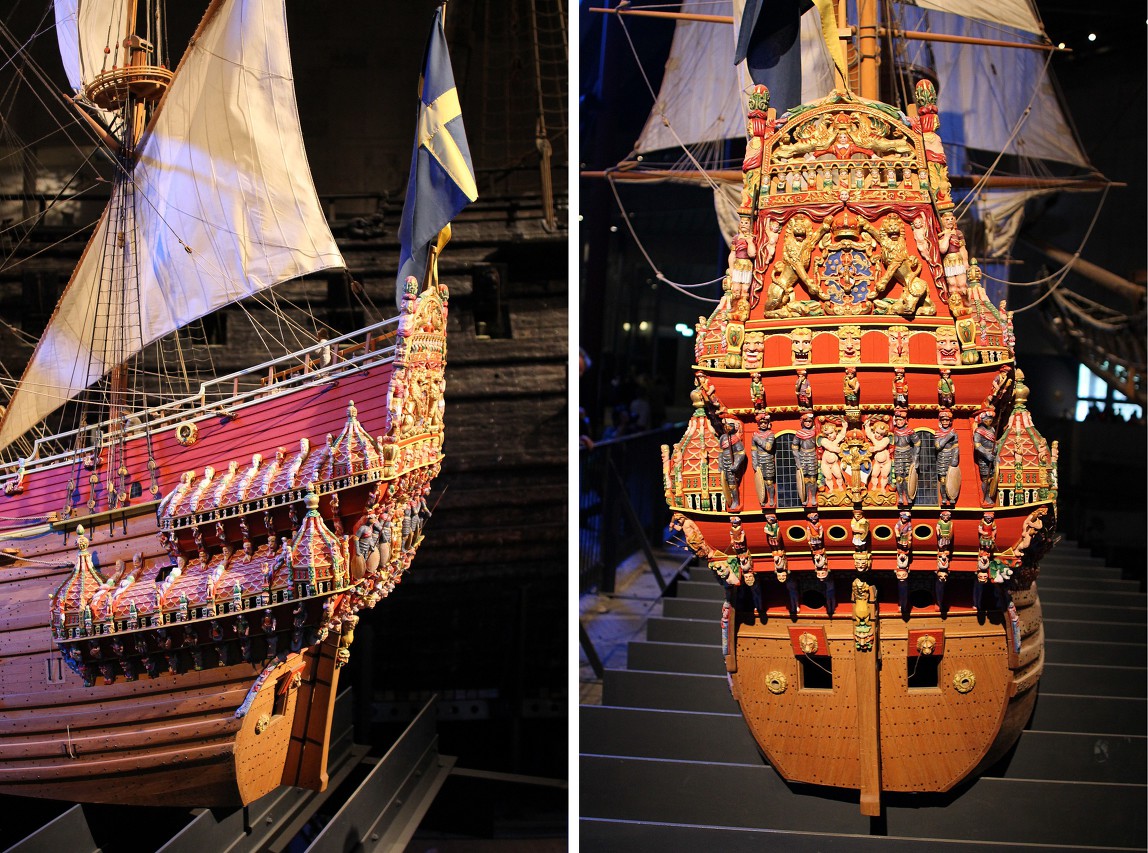
Unfortunately, this part of the ship was the worst preserved, and the restorers spent a lot of effort to recreate its appearance.
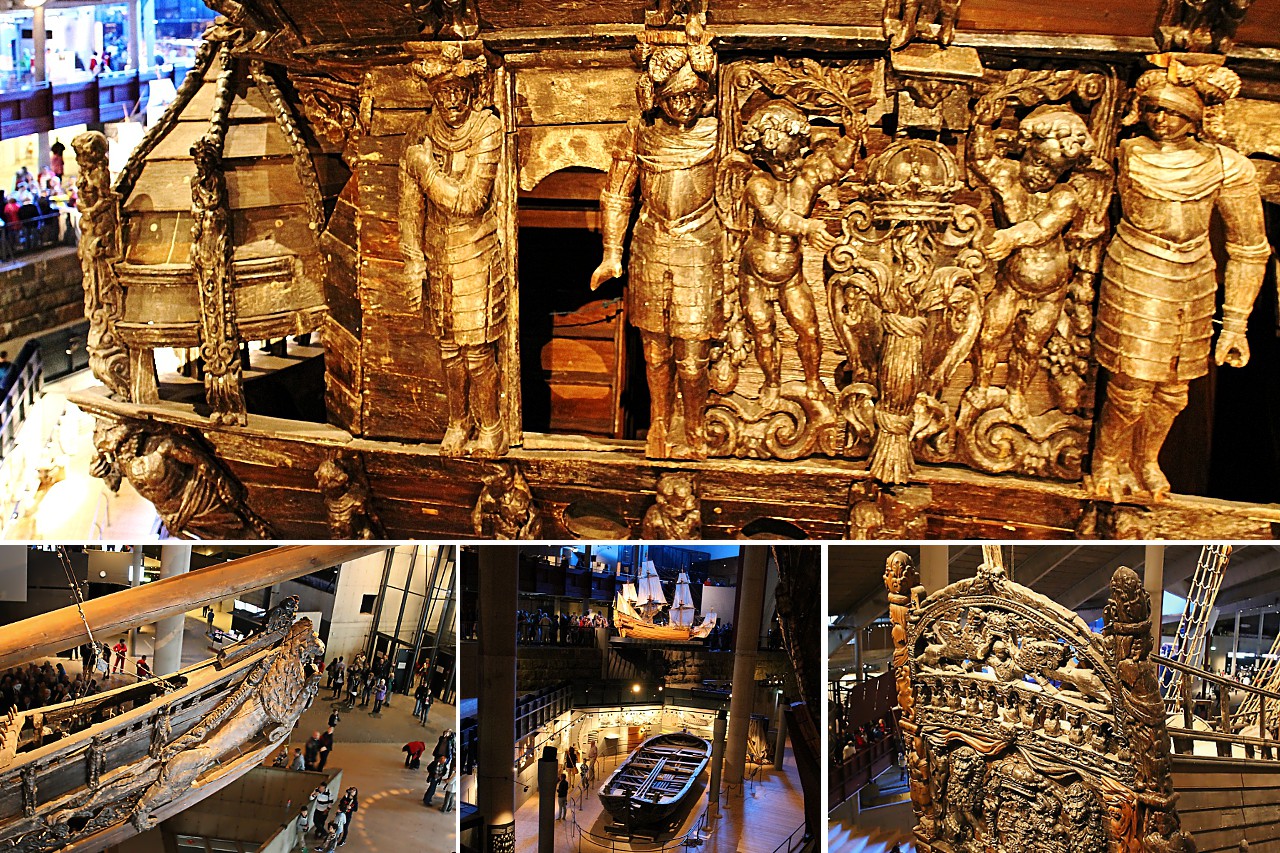
There are an incredible number of sculptures, they were located on all levels of the poop deck, forming groups connected by a common theme.
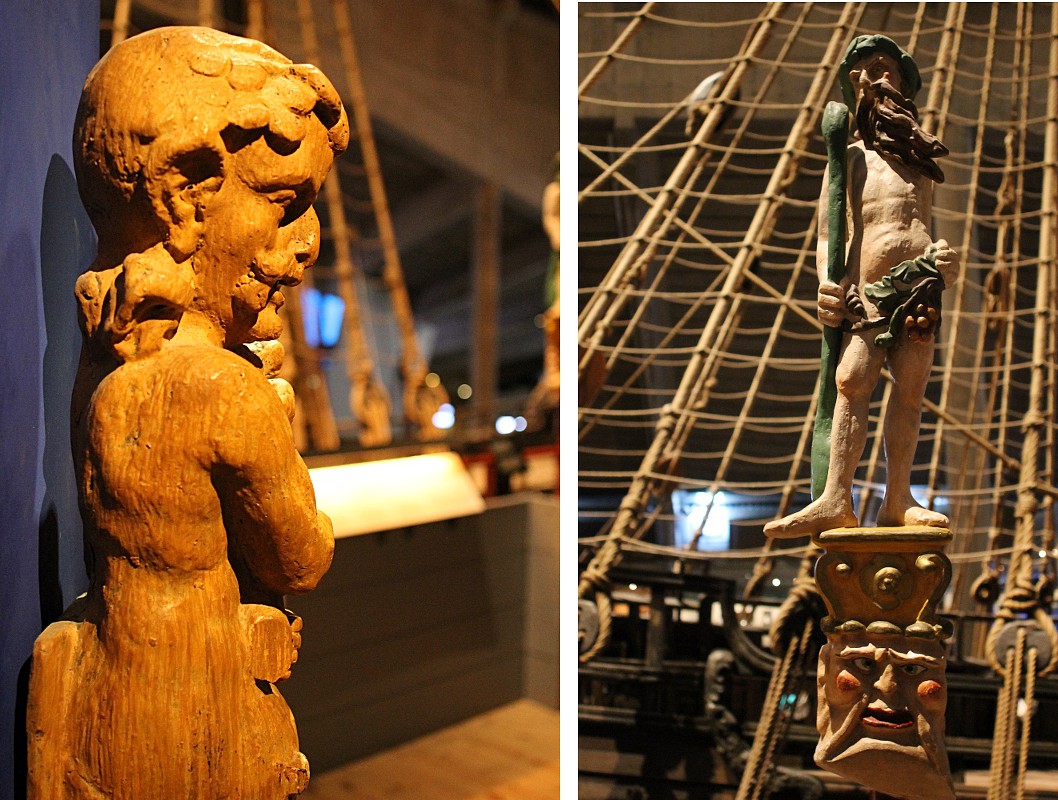
On one wall is a carefully restored set of polychrome sculptures that adorned the Royal salon.
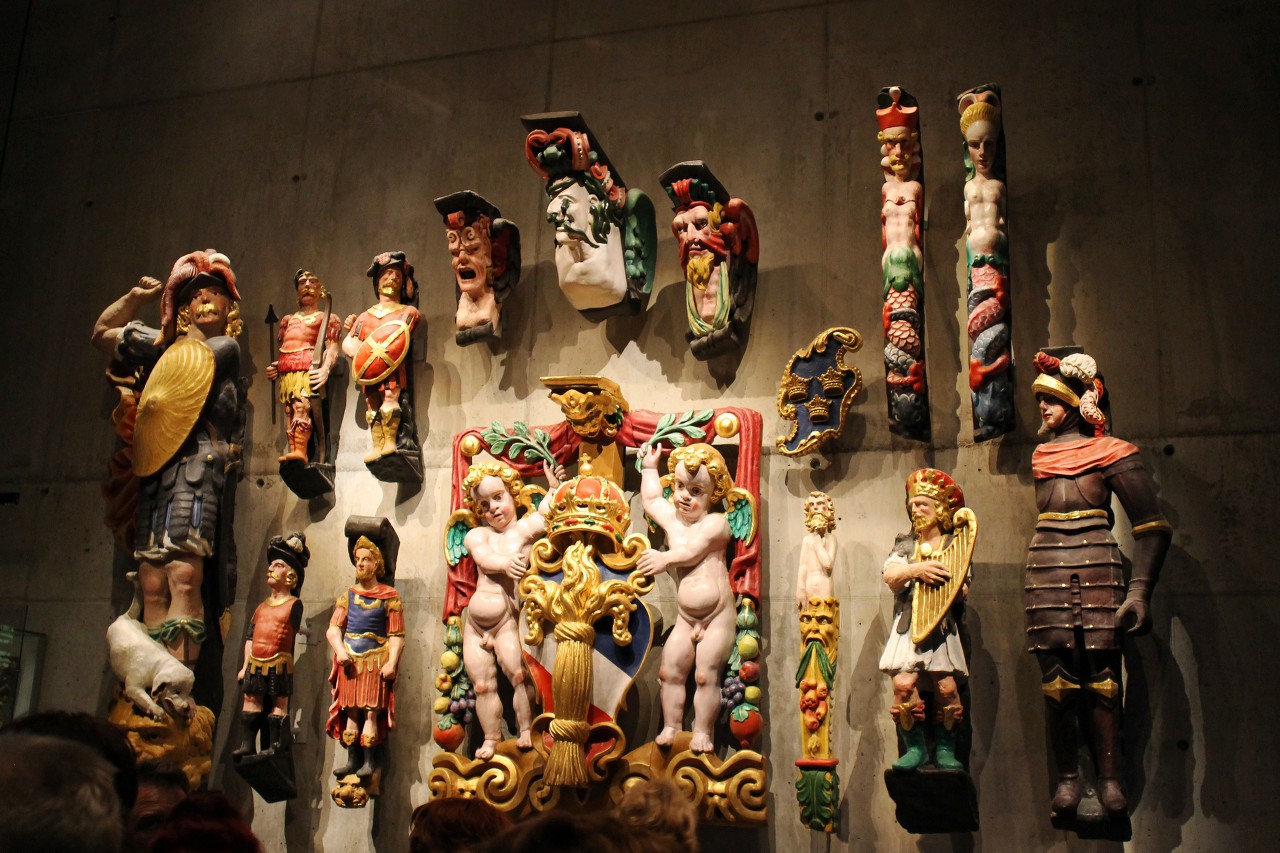
Here you can see the figures of Kings and knights.
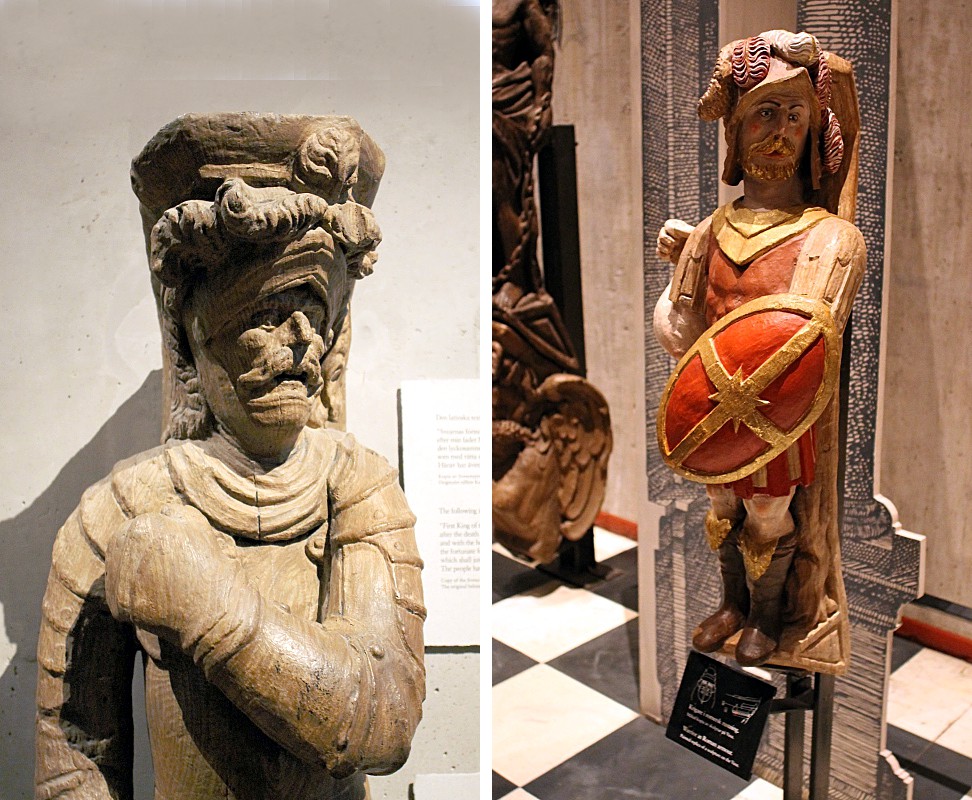
Ancient characters and lions symbolizing military prowess.
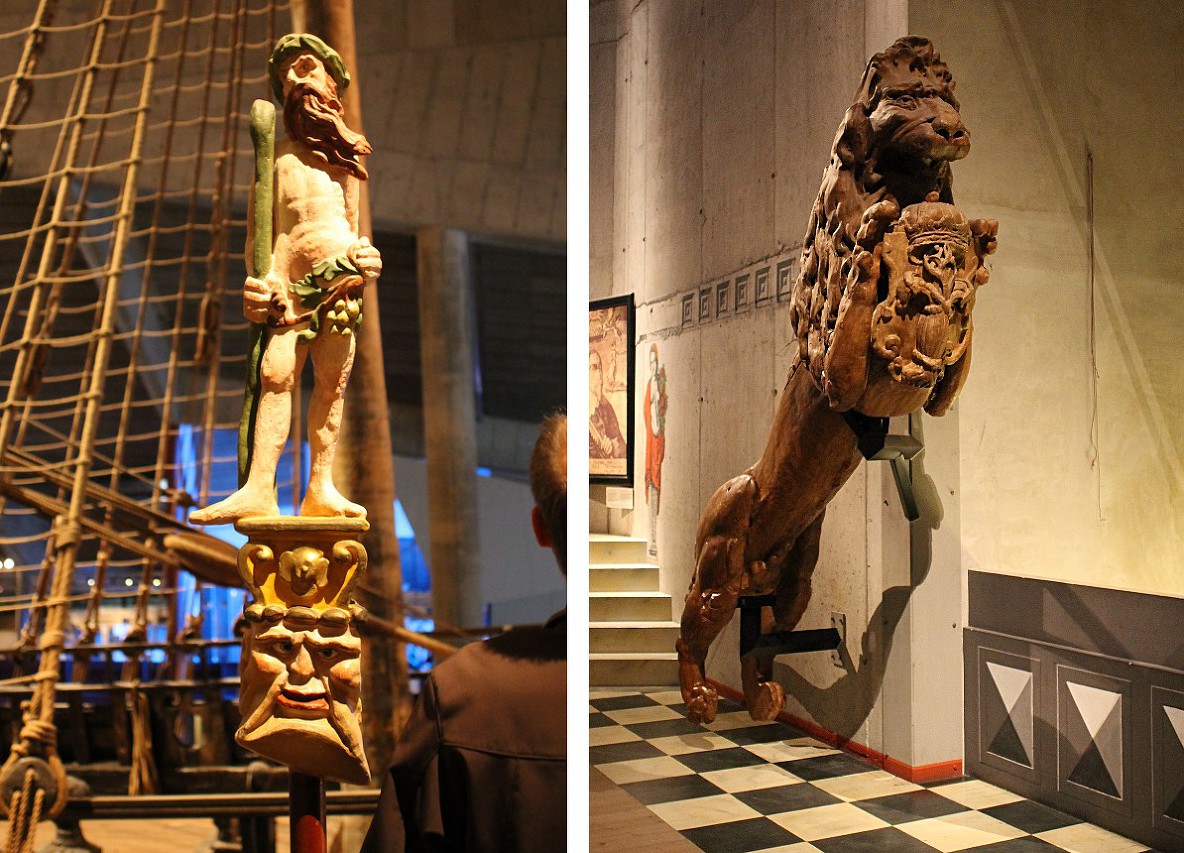
Cross section of the Vasa ship. The ship had five decks, including two artillery decks. Natural stone was used as ballast. You can see that there is very little ballast, which was one of the reasons for the disaster.

The Museum is located on the island of Djurgården (на карте), from the city center, it can be reached on foot in 20-25 minutes. Opening hours in summer are from 8: 30 to 18, from September to may from 10 to 17, seven days a week. The ticket price is 150 CZK, and admission is free for children and school children. In order to preserve the ship, the Museum building is kept at a temperature of no more than 20°C, so on a hot day it may seem very cool, take warm clothes with you.
